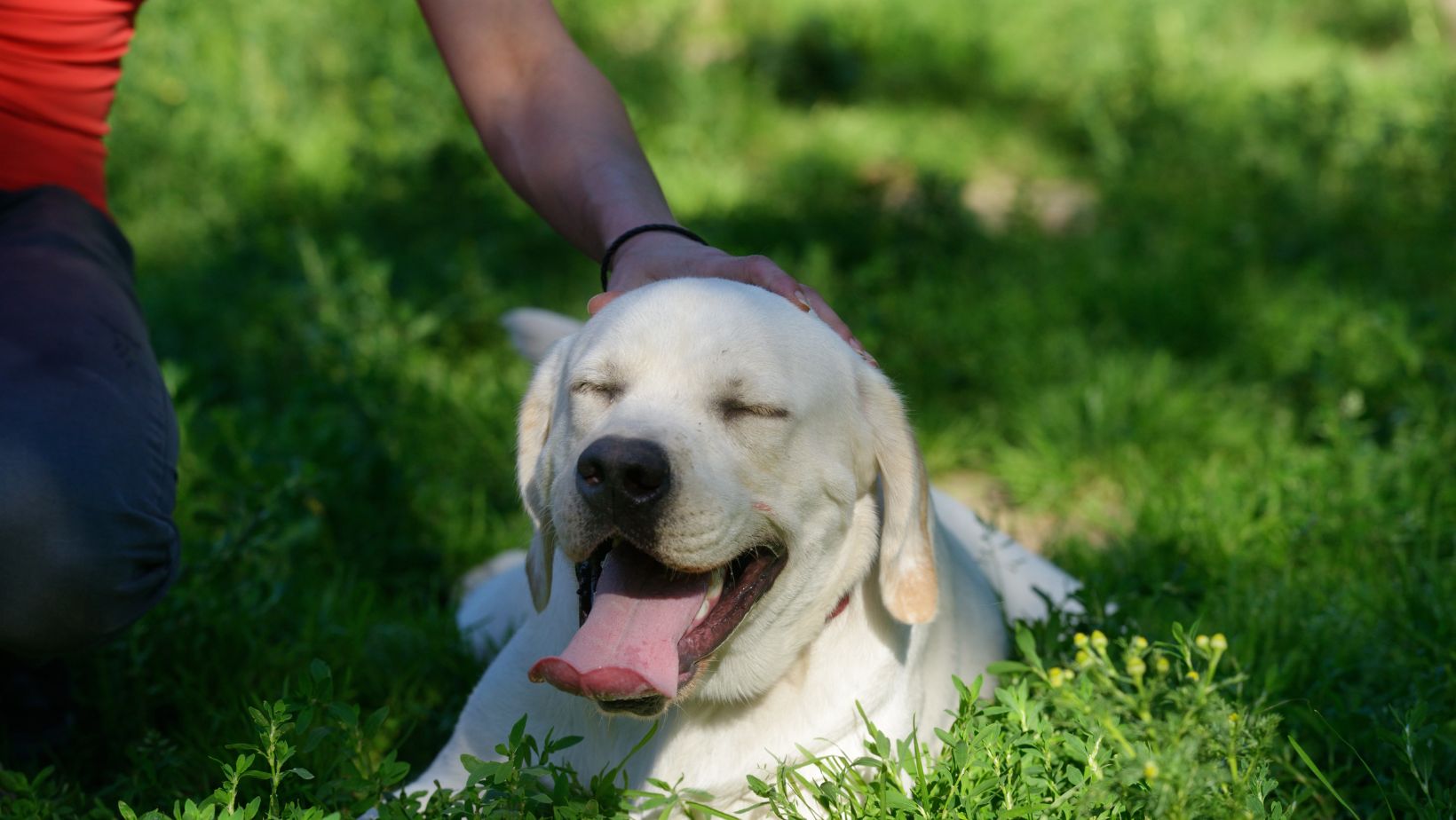How to Train a Timid Dog
If you have a timid Labrador, training can be a bit challenging. It’s important to approach their training with patience and understanding. In this article, I’ll share some effective methods to help you train your timid dog and build their confidence.
When it comes to training a timid Labrador, the key is to create a safe and positive environment. Start by introducing them gradually to new experiences and people. Socialization plays a crucial role in helping them overcome their fears. Encourage gentle interactions with other dogs or people who are calm and understanding.
One effective technique is desensitisation. This involves exposing your Labrador to the things that make them nervous in a controlled manner. For example, if they are afraid of loud noises, you can start by playing recordings of those noises at a low volume while providing treats and praise for calm behaviour. Over time, gradually increase the volume until they become more comfortable.
Remember, each dog is unique and may require different approaches. Be patient with your timid Labrador as they learn at their own pace. With consistent training techniques and lots of positive reinforcement, you can help build their confidence and transform them into a well-adjusted and happy companion.
Understanding Timid Behaviour in Dogs
When it comes to training a timid dog, it’s important to first understand the underlying reasons behind their behaviour. Timidity in dogs, including Labradors, can be caused by a variety of factors such as genetics, lack of socialisation, past trauma, or even health issues. In this section, I’ll delve into the key aspects of understanding timid behaviour in dogs.
Genetic Predisposition
Some dogs may be naturally more prone to timidity due to their genetic makeup. In the case of Labradors, while they are generally known for their friendly and outgoing nature, certain individuals may inherit shyness or anxious tendencies from their lineage. It’s crucial to remember that each dog is unique and may exhibit different levels of timidity based on their genetic predispositions.
Lack of Socialization
Proper socialisation plays a vital role in shaping a dog’s confidence and overall temperament. Dogs who haven’t been exposed to various people, animals, environments, and stimuli during their critical developmental periods are more likely to develop timid behaviours. This is why early socialisation is essential for all puppies, regardless of breed.
Past Trauma or Negative Experiences
Dogs that have gone through traumatic experiences or had negative encounters with unfamiliar people or other animals can become fearful and timid as a result. These experiences can leave long-lasting emotional scars and make them hesitant when faced with new situations. Patience and gentle guidance are crucial when working with these dogs to help rebuild their trust and confidence.
Health
In some cases, underlying health problems can contribute to a dog’s timidity. Painful conditions like arthritis or dental issues can cause discomfort and anxiety in dogs which may manifest as timid behaviour. If you notice sudden changes in your Labrador’s behaviour or suspect any health issues, it’s always wise to consult with your veterinarian.
Understanding the root causes of your Labrador’s timidity is the first step towards helping them overcome their fears and build confidence. Remember, every dog is an individual, and it’s important to tailor your training approach to suit their specific needs. In the next sections, we’ll explore practical strategies for training a timid dog and helping them become more self-assured companions. When it comes to training a timid dog, creating a safe environment is crucial. As an expert in dog training, I’ll share some key strategies for establishing a secure space where your shy Labrador can thrive. Let’s dive into the second section of our article: “Creating a Safe Environment for Training.”
